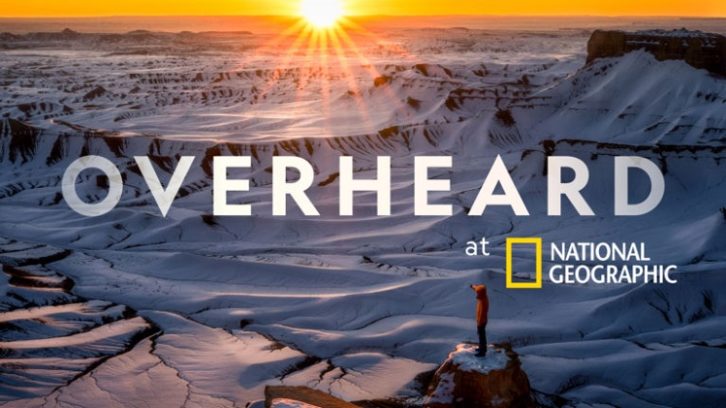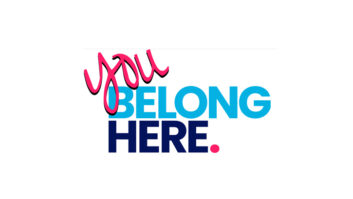
Smuggled dinosaur bones? Scuba diving under a pyramid? Binaural audio recording onsite?
It’s all part of the third season of the “Overheard at National Geographic” podcast. For its production team, gathering field recordings from exotic locations and subjects is just another day at the office.
“It’s hard to be in the [National Geographic] office for five minutes without immediately seeing there are a million stories out there to tell,” says producer Brian Gutierrez.
“You walk around, and there’s an archivist who’s recording old transcripts of Jacques Cousteau. There are people coming back from remote islands [and] writing about volcanoes and earthquakes. It’s almost impossible to not tell this to other people in the way that we’ve been doing it on Overheard.”
Capturing That Field Sound
Hosted by National Geographic writer and editor Peter Gwin and executive editor Amy Briggs, “Overheard at National Geographic” tags along with explorers, photographers and scientists who uncover unlikely and unheard stories from the edges of the world.
“The tone of the show,” Gutierrez says, “is, ‘Hey, the world’s a big, amazing, crazy place full of interesting, fascinating stuff I bet you didn’t know.”
Often, no one is closer to these tales than the journalists themselves. That’s why, after wrapping the first season of the podcast, the team began training them to capture audio so the podcast could piggyback on location stories the magazine and television channel produce.
“One of the learnings we took away from season one was, ‘How are we going to push the show further, and how can we think of ways to incorporate more of that field sound into the show?’” says Whitney Johnson, director of visuals and immersive experiences at National Geographic.

By outfitting journalists with handheld recorders like the Zoom H6 and Roland R-07, they’re able to bring back audio that puts listeners in the adventure right alongside them. Sometimes audio comes from less conventional sources, such as a GoPro camera that captured underwater sounds used in the episode “Scuba Diving in a Pyramid.”
But when they get the chance to go into the field themselves, the production team takes advantage of the opportunity.
“I went to a warehouse in Queens [New York] where a paleontologist had dinosaur fossils given to her by Homeland Security because they had been illegally shipped to the United States,” says Gutierrez.
“Just following her with the recorder and letting her tell her story, I think brings you into the moment more than just being in the studio.”
Bounce-back
Gutierrez embraced the challenge of creating a sense of place, even in a nondescript location like a warehouse. He pointed a shotgun microphone at a wall to get audio bounce-back when he interviewed the paleontologist, and used binaural omnidirectional condenser mics from Core Sound while walking through the spacious, Raiders of the Lost Ark-like trove.
“They’re these little microphones that are the size of medicine pills, and I clip them to the sides of my hat,” he says. “There’s this sort of 3D effect of being in a space, because the microphones are literally where your ears are.”
The hosts track their narration with Shure SM7B mics when they can record in the studio, but currently they both use a Zoom recorder and Sennheiser ME66 shotgun mic at their homes. Gutierrez works with two additional producers on each episode, which takes about six weeks from concept to completion.
Although the podcast plays off adventurous themes like the ones National Geographic magazine has explored for more than 130 years, the podcast creators set out to fulfill a different kind of mission in the audio medium.
“We were really interested in trying to develop a show that held on to the ethos of what makes a great National Geographic story — a commitment to really immersive storytelling and great characters—but [also what] was really appropriate for audio,” says Johnson. “We knew we were not trying to make the audio version of a magazine story, and that we had to create something that was unique and deliberately [a] podcast.”
This story originally appeared in our sister newsletter Podcast Pro.












